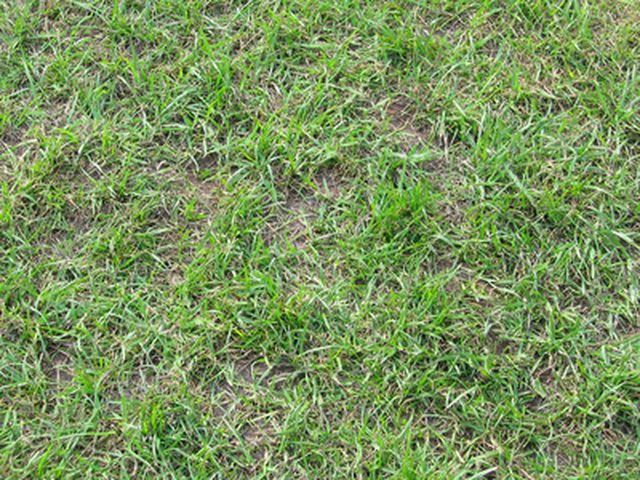Bulbs
Flower Basics
Flower Beds & Specialty Gardens
Flower Garden
Garden Furniture
Garden Gnomes
Garden Seeds
Garden Sheds
Garden Statues
Garden Tools & Supplies
Gardening Basics
Green & Organic
Groundcovers & Vines
Growing Annuals
Growing Basil
Growing Beans
Growing Berries
Growing Blueberries
Growing Cactus
Growing Corn
Growing Cotton
Growing Edibles
Growing Flowers
Growing Garlic
Growing Grapes
Growing Grass
Growing Herbs
Growing Jasmine
Growing Mint
Growing Mushrooms
Orchids
Growing Peanuts
Growing Perennials
Growing Plants
Growing Rosemary
Growing Roses
Growing Strawberries
Growing Sunflowers
Growing Thyme
Growing Tomatoes
Growing Tulips
Growing Vegetables
Herb Basics
Herb Garden
Indoor Growing
Landscaping Basics
Landscaping Patios
Landscaping Plants
Landscaping Shrubs
Landscaping Trees
Landscaping Walks & Pathways
Lawn Basics
Lawn Maintenance
Lawn Mowers
Lawn Ornaments
Lawn Planting
Lawn Tools
Outdoor Growing
Overall Landscape Planning
Pests, Weeds & Problems
Plant Basics
Rock Garden
Rose Garden
Shrubs
Soil
Specialty Gardens
Trees
Vegetable Garden
Yard Maintenance
What Should I Put Down First: Fertizer or Grass Seed?
What Should I Put Down First: Fertizer or Grass Seed?. Whether you put down fertilizer or grass seed first depends on several factors and conditions. The most important factors are based on the type of grass planted, soil conditions, climate and whether the lawn is new or being re-seeded.

Whether you put down fertilizer or grass seed first depends on several factors and conditions. The most important factors are based on the type of grass planted, soil conditions, climate and whether the lawn is new or being re-seeded.
New Lawn Seeding
Most landscaping professionals agree that it is always best to fertilize the soil first if you are seeding a new lawn. It is also recommended to conduct a soil test so that you select the appropriate fertilizer. The results will dictate the appropriate levels of phosphorus, potassium and nitrogen to get the lawn off to a healthy start once the seeds are planted.
Established, Cool-Season Grasses
Cool-season grasses include fescues, bluegrass and rye grass. Plant seeds to patch or re-seed an existing lawn. Aerate the area where you are re-seeding the lawn. Apply a heavier dose of nitrogen in the early fall to help build fortify roots during the winter. Then apply a mid-spring fertilization with less nitrogen to help promote thicker growth during spring and summer.
Established, Warm-Season Grasses
Warm-season grasses include Bermuda and zoysia. They benefit from fertilization prior to re-seeding in the spring. This will improve growth and greening. Then fertilize again during the late summer and early fall. Use a bit more nitrogen during late summer and fall, and a bit less during the spring. Conduct a soil test to confirm the proper nutrients your lawn requires to achieve the best results.